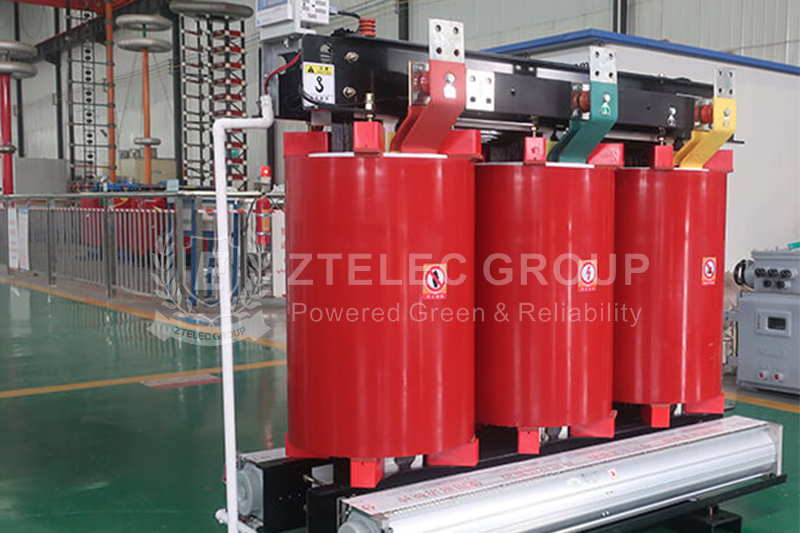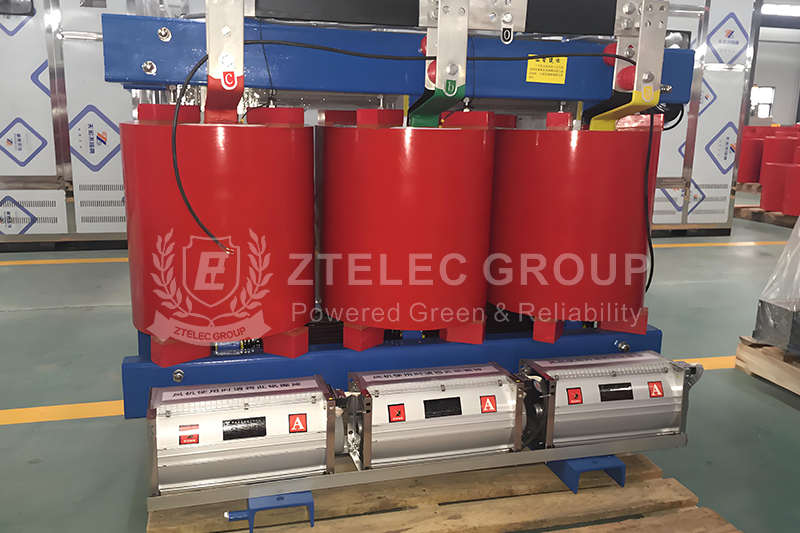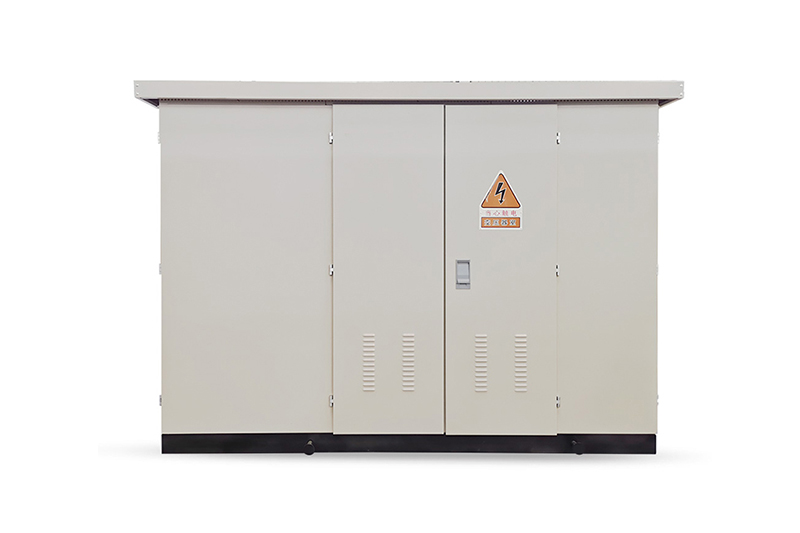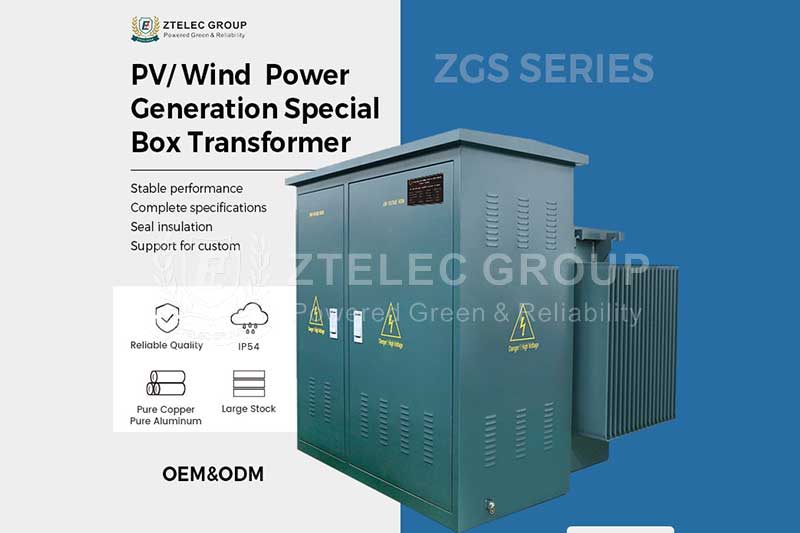Dry-type Transformer Operation & Protection Guide: From Installation to Maintenance
Time:2025-05-15 Auther:ZTelec-www.ztelectransformer.com
Dry-type transformers are essential components in modern power systems. Known for their flame-retardant, explosion-proof, and maintenance-free features, they are widely used in industrial distribution, rail transit, and renewable energy sectors. Ensuring their safe and efficient operation requires a systematic approach to installation, commissioning, protection configuration, and routine maintenance.

Preparation Before Installation
Before installation, thorough preparation ensures the reliability and safety of transformer operations. A suitable environment—well-ventilated and free from high humidity, extreme temperatures, or corrosive gases—is crucial. The foundation must be level and stable to minimize vibration and operating noise. Upon delivery, transformers must undergo an unpacking inspection to confirm model accuracy and detect any physical damage, ensuring insulation integrity and correct assembly. Safety measures such as sealing cable entry points and placing fire extinguishers help prevent animal intrusion and eliminate fire hazards.
Installation and Commissioning
During installation, the transformer must be placed horizontally using proper lifting tools. Electrical connections should account for safe distances and thermal expansion, especially on high-current terminals. Proper grounding is essential to avoid electrical hazards. The commissioning process involves insulation resistance testing, withstand voltage testing, and verifying the operation of the temperature control and fan systems. Safety interlocks, such as door travel switches, must function correctly to prevent unauthorized access during energized operation.

Operation Protection Configuration
Effective protection systems are key to extending transformer life and preventing faults. Electrical protections include quick-break, overcurrent, and zero-sequence fault detection. For thermal protection, dual temperature sensors trigger cooling fans and initiate alarms or tripping mechanisms based on winding temperature. Mechanically, transformers benefit from strong base anchoring to reduce vibration and the installation of lightning arresters to shield against overvoltage conditions.
Daily Maintenance Practices
Routine maintenance is vital for sustained performance. Tasks include regular dust cleaning, checking bolt tightness, testing insulation resistance, and verifying thermostat and fan functions. Diagnosing faults—such as overheating, abnormal sounds, or ventilation issues—helps prevent failures. In cases of extended shutdown, moisture-proofing and periodic energization help preserve insulation quality and operational readiness.
The safe operation of dry-type transformers is critical to power system reliability and industrial productivity. From installation and testing to protection and maintenance, each stage plays a vital role in ensuring operational safety and performance. As energy infrastructure evolves, transformer safety measures must also advance to support reliable and efficient power delivery.




